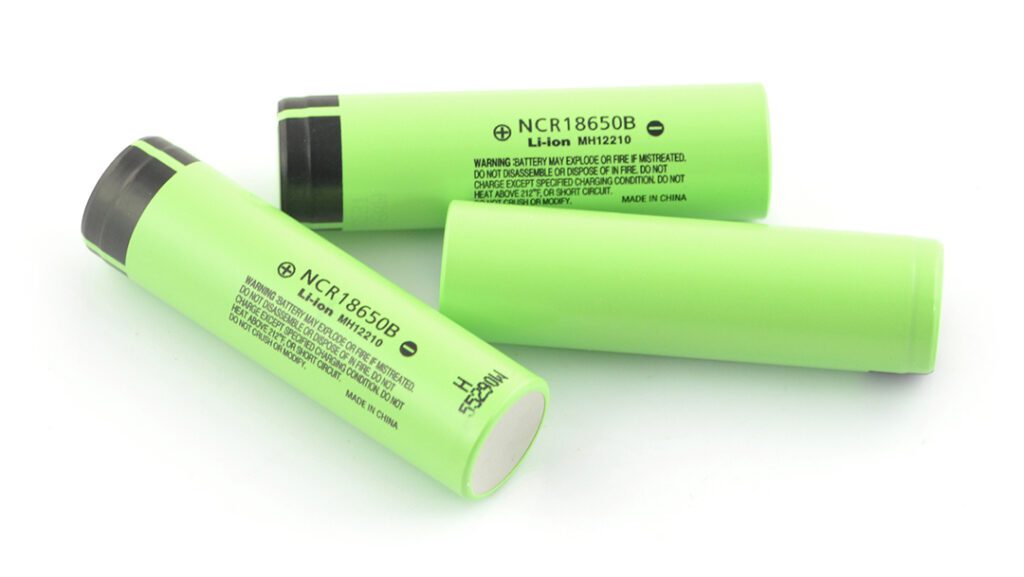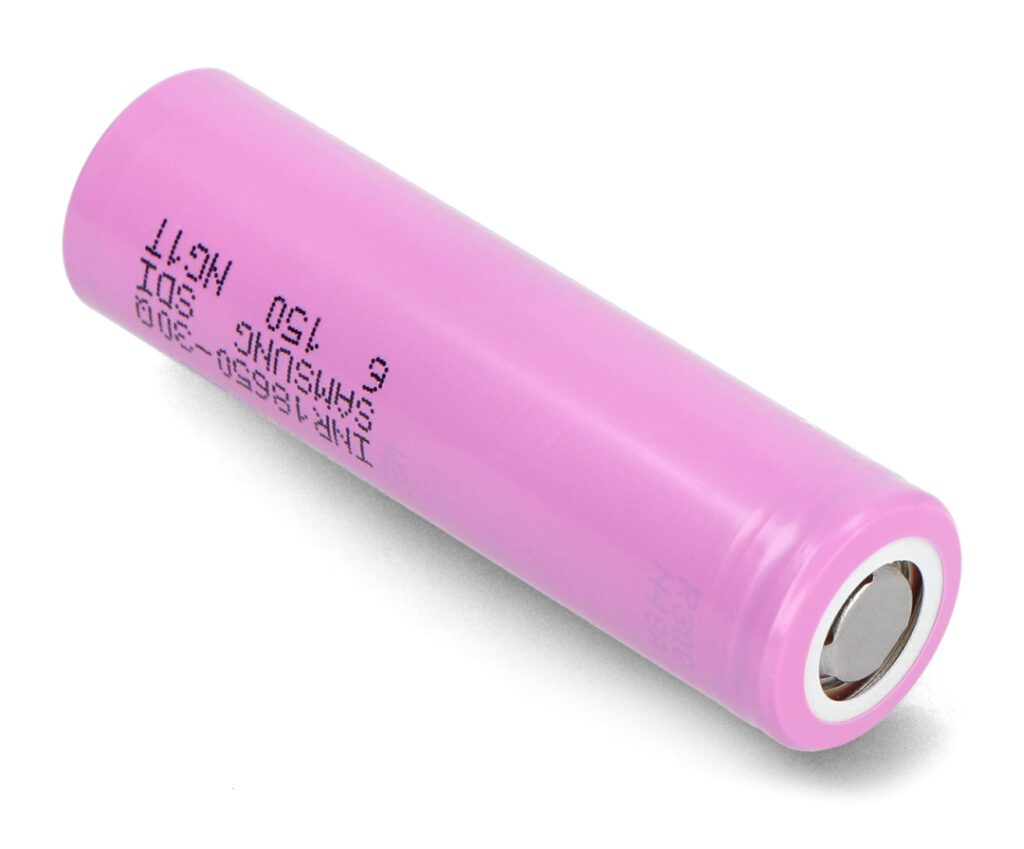Table of Contents:
Li-Ion batteries
(Lithium-ion) are the most widely used type of battery. What is worth knowing about this topic?
What are Li-Ion rechargeable batteries?
Li-Ion batteries
accompany us every day – they can be found in many everyday devices. If you are reading this article on a smartphone, there is a very good chance that it is powered by just this type of battery. They are also used in some laptops. This type of battery works by taking advantage of the movement of positive lithium ions, which move from the anode to the cathode when discharging, and move in the opposite direction when charging. This allows the battery to be depleted and recharged repeatedly.
Lithium-ion batteries are available in a variety of capacities, so they can be tailored to the requirements of specific electronic devices. In addition, a considerable advantage is the high performance and universal application. They are often combined with
Ni-MH type batteries
– these, however, do not allow recharging, making them less common in everyday equipment.
Applications for Li-Ion batteries
Li-Ion batteries
is a solution that can be encountered in many different electronic devices. They are primarily used in mobile devices – the talk includes. About smartphones or some laptops. In addition, they can be found in tablets, e-readers, e-cigarettes, as well as wireless mice, keyboards, headphones and smart lights. Another area of application for batteries of this type is in robotics and electronics projects, where Li-Ion batteries provide a reliable, efficient and relatively inexpensive source of energy.
What’s interesting,
Li-Ion batteries
have been gaining popularity for some time also in the automotive sector, where they are used to power electric cars. This is a perfect example of the versatility of this type of battery – depending on the capacity, they can power small, simple electronic systems or vehicles with sizable energy requirements.
However, it is worth noting that the cells used in vehicles differ significantly in performance from batteries for electronic equipment. Above all, they are prepared to be as durable, long-lasting and resistant to the conditions associated with car operation as possible.
With such a large capacity and intensive operation, special cooling (or heating) systems are also required to ensure the optimal temperature for the battery.
How are Li-Ion batteries built?
Design
Li-Ion battery
primarily contains an electrolyte, which is a liquid with lithium salts that conduct ions, and two electrodes. Importantly, the electrodes must be made of materials that allow reversible chemical reactions to take place as the battery is charged and discharged. For this purpose, porous carbon juxtaposed with metal oxides is used. The battery can consist of a single cell or combine multiple cells to achieve higher capacity.
Li-Ion battery performance
One of the biggest advantages of lithium-ion batteries is their performance. However, it should be remembered that the battery life of this type depends on several factors. First of all, power consumption and battery capacity are taken into account. The second of these parameters is specified in mAh, or milliampere-hours. The higher the battery capacity, the longer you can power the target device. However, it is worth bearing in mind that Li-Ion batteries do wear out – the rate at which they lose capacity depends on how they are used. This is especially important for batteries intended for electronic circuits, where deep discharge or overcharging must be avoided. To reduce the risk of this type of situation, it is worth betting on a special microprocessor charger.
What is the lifespan of Li-Ion batteries?
Although Li-Ion batteries allow for repeated charging and discharging, they are still subject to wear and tear. The standard durability is about 500 cycles, but some proposals have a longer durability – up to several thousand cycles.
Battery operating conditions are also of considerable importance in this regard: we are talking about both the use itself and charging or storage.
The battery should not be exposed to temperature changes or mechanical damage. In addition, it is recommended to keep the charge level between 20% and 80%.
How to extend the life of lithium-ion batteries?
To increase the life of a Li-Ion battery, there are a few rules to keep in mind regarding proper use. These are issues concerning the charging, storage and operating conditions of the battery – below is a list that will help take care of the durability of this type of product.
- The battery should not be charged when the outside temperature is below 5°C or above 30°C. Such conditions can not only shorten the life of Li-Ion batteries, but also contribute to cell damage and, in extreme cases, even explosion.
- Batteries should not be stored at very high temperatures, such as in a hot car or next to a heater.
- Avoid exposing the battery to cold air.
- Charging from 0% to 100% will not always be the best solution – both fully discharging and overcharging the battery can irreversibly reduce its performance. Values between 20% and 80% are considered the optimal range.
- It is also recommended to use chargers with the appropriate power for the specific device. For cells for electronics and robotics projects, rely on dedicated power supplies, which can be found in the store
Botland
.
Where to buy Li-Ion batteries and other types of batteries?
Stable access to energy is the basis for the operation of any electrical and electronic device. In many cases, the ideal option will be just that
Li-Ion battery
, but depending on your needs, other types of batteries are also worth considering. Both the cells themselves and the chargers and power supplies can be found in the store Botland – we encourage you to take a look at our offer, created with robotics and electronics enthusiasts in mind.
How useful was this post?
Click on a star to rate it!
Average rating 0 / 5. Vote count: 0
No votes so far! Be the first to rate this post.





















